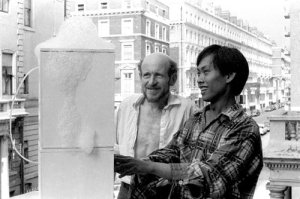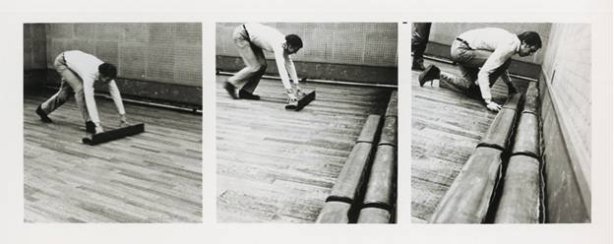
Photograph © Clay Perry, courtesy England & Co gallery, London
‘London Art Worlds: Mobile, Contingent and Ephemeral Networks, 1960-1980’
A one-day conference at the University of York, Berrick Saul Building Friday 29th November 2013, 10.00am – 6.30pm
Confirmed speakers include: Elena Crippa (Tate), Antony Hudek (Liverpool John Moores), Dominic Johnson (QMUL), Carmen Juliá (Tate), Courtney Martin (Brown), Lucy Reynolds (Central St Martins), Joy Sleeman (UCL), Isobel Whitelegg (Nottingham Contemporary) & Andrew Wilson (Tate).
Bringing together new research on the national and international networks that came to characterise the London art world during the 1960s and 1970s, this conference at the University of York aims to trace the many informal, impromptu and experimental relationships that exist alongside, and fragment, more established institutional histories of British art in this period. The day will explore a diversity of practices, movements and spaces, ranging from painting, sculpture and film through to land art, performance and activism, addressing in particular the impact of feminism, international exchange – specifically with Latin America – and changes in art education on the works produced during these two extremely lively and innovative decades, when understandings of the ‘art world’ were challenged and reformulated in multiple ways. Papers will include studies of Alexander Trocchi’s Project Sigma, Stephen Willat’s Control Magazine, Expanded Cinema at Gallery House, the emergence of the artist performance-lecture, and the performances of COUM Transmissions, and the day will end with a roundtable discussion to which all are invited to contribute.
The symposium is kindly supported by the Paul Mellon Centre for Studies in British Art and the Centre for Modern Studies at the University of York.
The event is organised by Dr. Jo Applin, lecturer in the history of art at the University of York and two PhD students under her supervision, Catherine Spencer and Amy Tobin.





